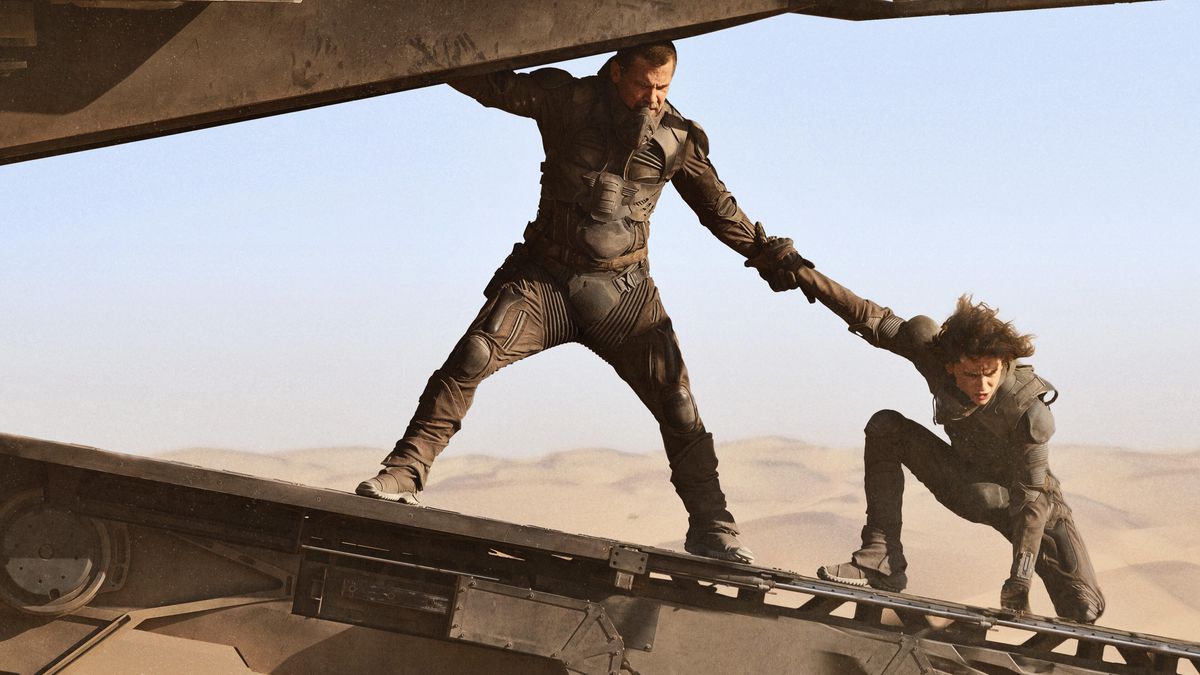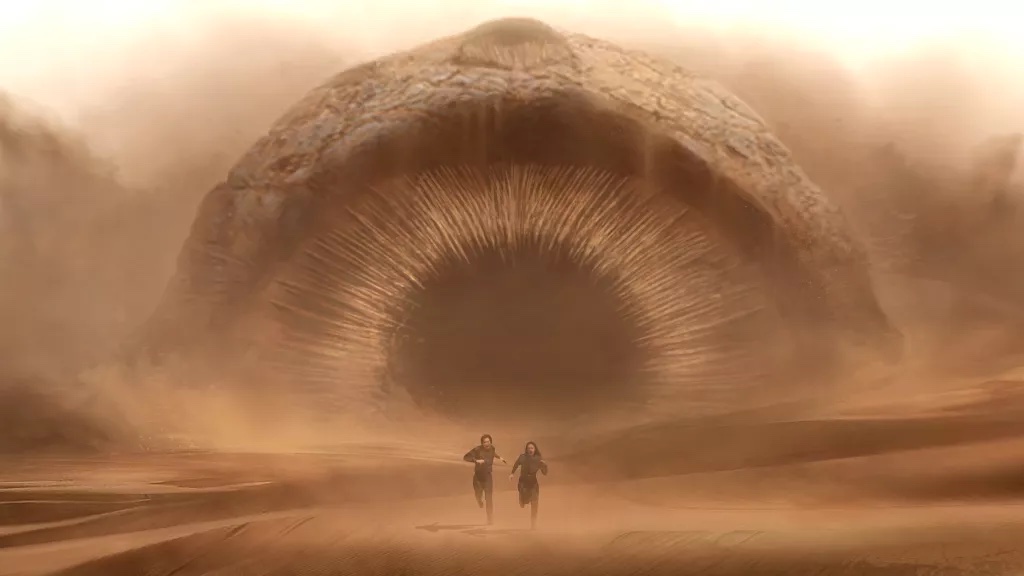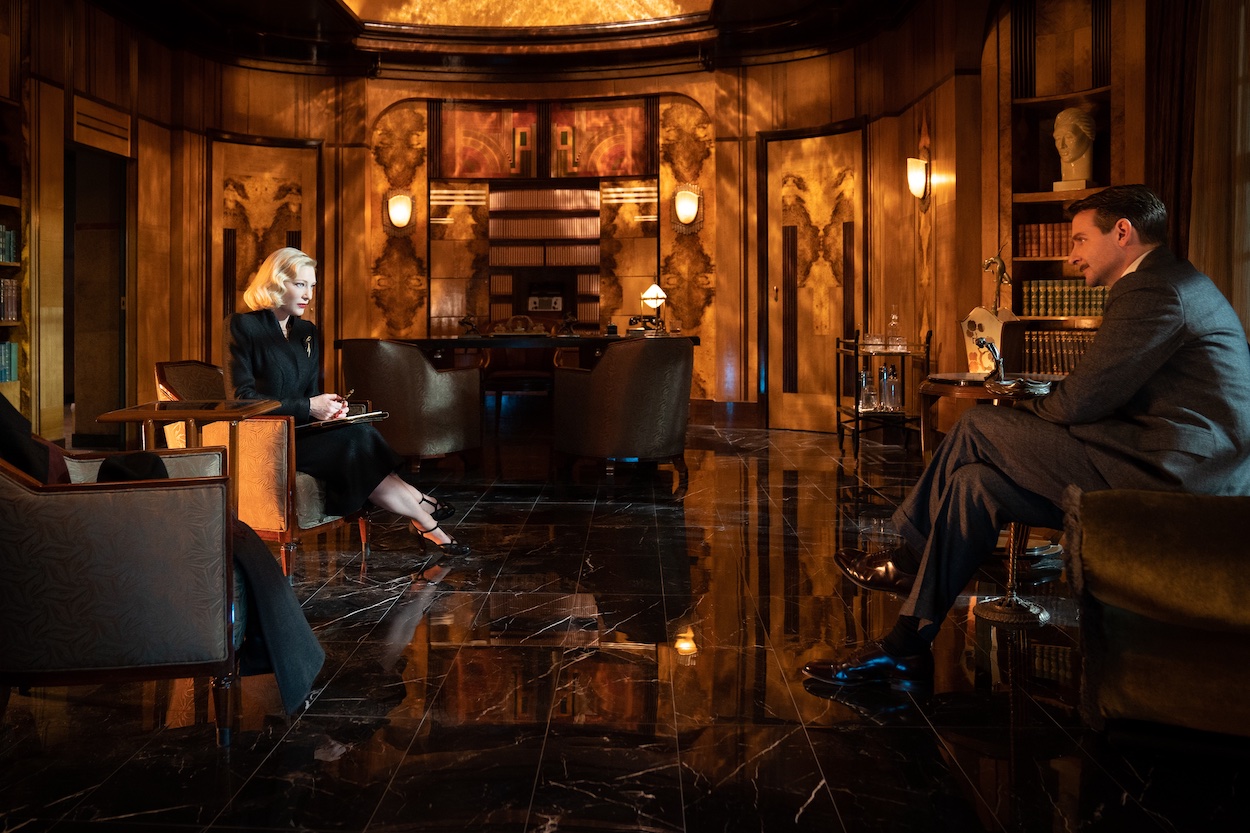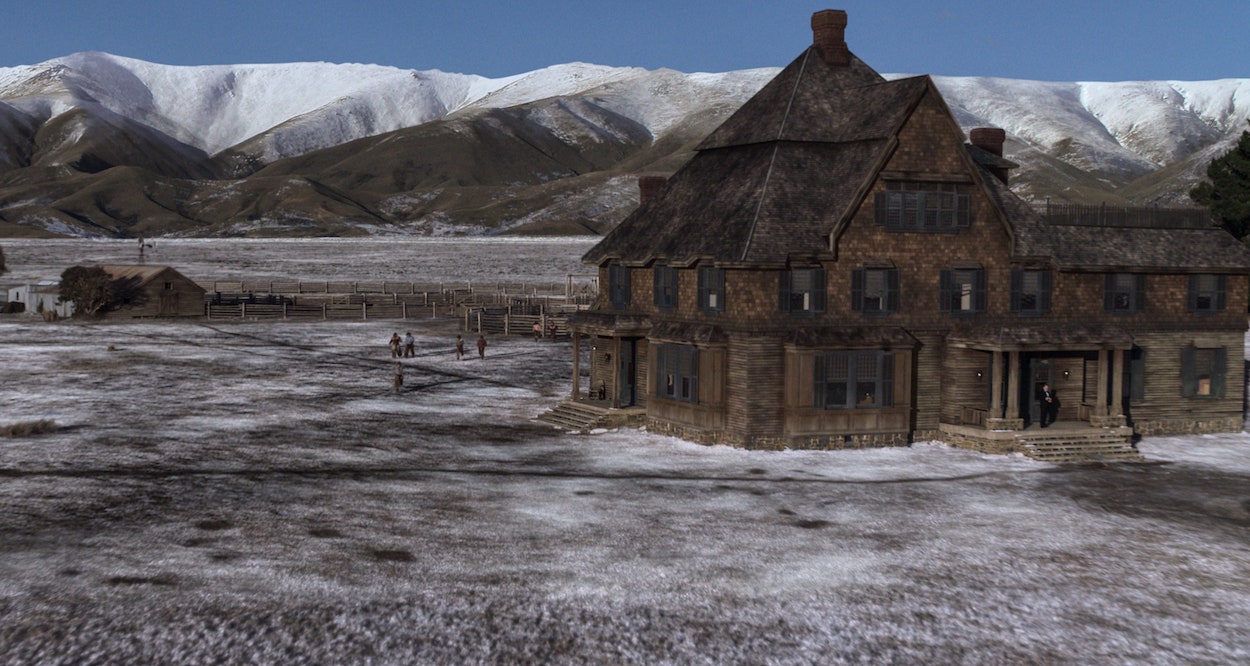The Oscars 2022 nominees have been announced and we’re naturally keen on the category for Best Production Design. Having previously immersed ourselves in the vibrant universes of the viral Netflix series Squid Game and blockbuster Dune (a nominee this year), and even sitting down with set designer of the awards show itself, David Korins, in 2019, we’re continually fascinated by the innovative art direction and world building behind the year’s best films. In anticipation of Hollywood’s biggest night, we’re diving into the nominees for outstanding set design.
The Worlds Inside the Oscars’ Best Production Design Nominees
In anticipation of Hollywood’s biggest night, we’re diving into the nominees for outstanding set design.
BY RYAN WADDOUPS February 10, 2022

Dune
Though widely regarded as one of the greatest science fiction novels ever written and having laid the foundation for Star Wars to take off, Frank Herbert’s seminal 1965 novel struggled to translate to the big screen when David Lynch first attempted it in 1984. That changed with Patrice Vermette’s new adaptation, which channeled pyramid-style Ziggurat architecture, power dams, Soviet Brutalism, glaciers, marble mines, and World War II bunkers as cornerstones of the sci-fi epic’s desert universe.

Nightmare Alley
Set in the late 1930s, Guillermo del Toro’s neo-noir thriller makes period-appropriate use of Art Deco that shines brightest in the office of psychologist Lilith Ritter (Cate Blanchett) that draws inspiration from the furniture in Henri Redard’s Weil-Worgelt Study. Production designer Tamara Deverell and set decorator Shane Vieau were so dedicated to realistic props they even acquired an authentic 1930s carousel from a Northern California family for a carnival set, and thanks to the pair’s ingenuity, only employed CGI graphics for flying bullets and falling snow.

The Power of the Dog
The work of photojournalist Evelyn Cameron and the Ken Burns docuseries The West inspired production designer Grant Major to recreate the eerie expanse of 1920s Montana for this lovelorn psychodrama, in which nature plays a starring role. Most scenes were shot on a remote ranch built from the ground up in director Jane Campion’s native New Zealand, a majestic setting known for its open land and picturesque mountains.

The Tragedy of Macbeth
Simplicity stars in this adaptation of the Shakespearean classic, which director Joel Coen shot entirely on sound stages and in a stark black-and-white palette almost entirely devoid of ornamentation. Production designer Stefan Decant and set decorator Nancy Haigh incorporated striking geometric sets that appear spare on the outset, but reveal sinister details—for example, a door handle resembling a dagger—on second glances.

West Side Story
A modern adaptation of Romeo & Juliet, one of theatre’s most beloved musicals sees the Sharks and the Jets vie for street dominance on New York’s blue-collar Upper West Side in the mid-1950s when a wrecking ball loomed overhead to prepare for the construction of Lincoln Center. Stephen Spielberg’s modern adaptation recreates gritty street life in vivid detail, thanks to production designer Adam Stockhausen insisting they film across the city from Washington Heights to Newark, New Jersey, and even stages a bridal section in Gimbels department store that showcases 1950s-era styles.